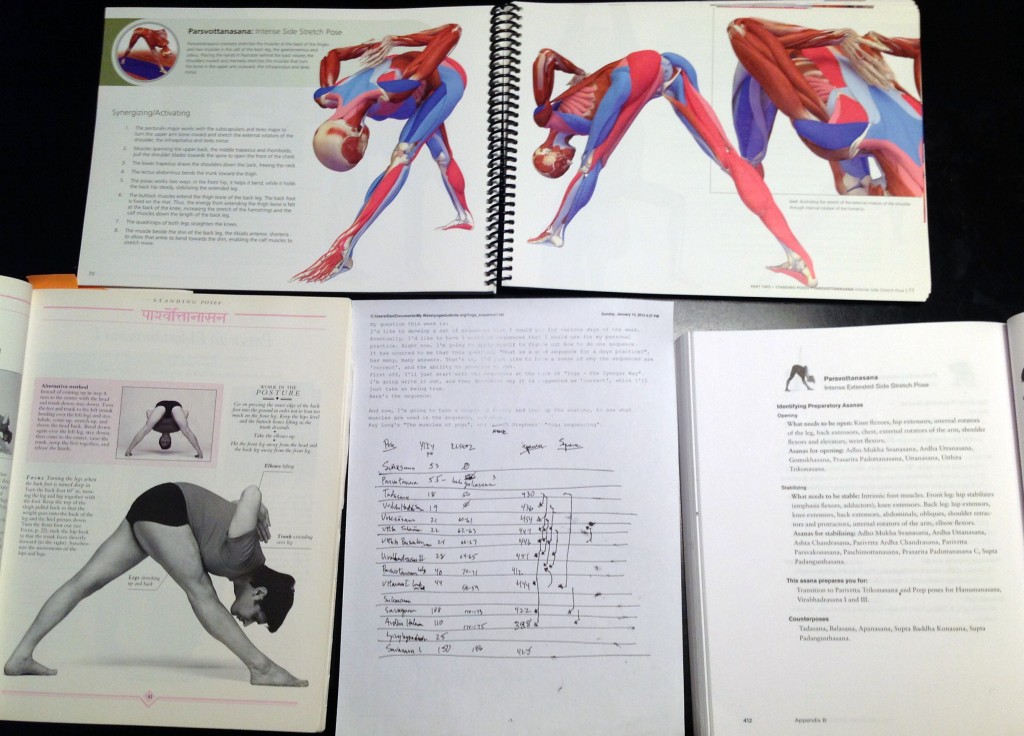My question this week is:
How do I develop a set of sequences that I can use for various days of the week?
Eventually, I’d like to have 1 month of sequences that I could use for my personal practice. Right now, I’m going to apply myself to figure out how to do one sequence.
My approach to this is to use the very first sequence in the back of cheap jerseys “Yoga – The Iyengar Way” by Silva, Mira, and Shyam Mehta and see if I can figure out the logic to the sequence.
To do this, I wrote down the sequence by hand onto a sheet of paper.
Then I looked up the poses in two books: “The Key Poses of Yoga: Scientific Keys, Volume II” by Ray Long and Chris Macivor, and “Yoga Sequencing: Designing Transformative Yoga Classes” by Mark Stephens.
Here’s what I discovered…
1. Yoga – The Iyengar Way book was a truly ‘information dense’ book, with pictures and a descriptions of each pose, and a listing of manysequences in the wholesale jerseys back, which suggest a 2 year program (or longer). All of the sequences are ‘handed over’ without much or any discussion PM on WHY the asanas were chosen in that order.
2. Ray Long’s book was excellent at showing the muscles that are used in a pose, and how the contract or are released (blue, and red colored, in the pictures).
3. Mark Stephens’ Era book has a section where the poses are listed alphabetically. For each pose, it lists the parts of the body that need to be open, and those parts Welcome that need wholesale jerseys to be stabilized. It lists the poses that create the openness and the stability, and which poses you can use the asana as preparation, and which poses for which it is a ‘counterpose’.
Using these three cheap jerseys sources of information, I found that the sequence listed in the Yoga – The Iyengar Way class was very thoughtfully designed: all of the steps in the progression were ‘preliminary poses’ for a later step, and most steps were preceeded by 3 ‘prelimary poses’.
My next steps are tries to outline additional sequences, and look for the pattern of how the sequences are assembled. I’ll have more on that in a future update to the blog

